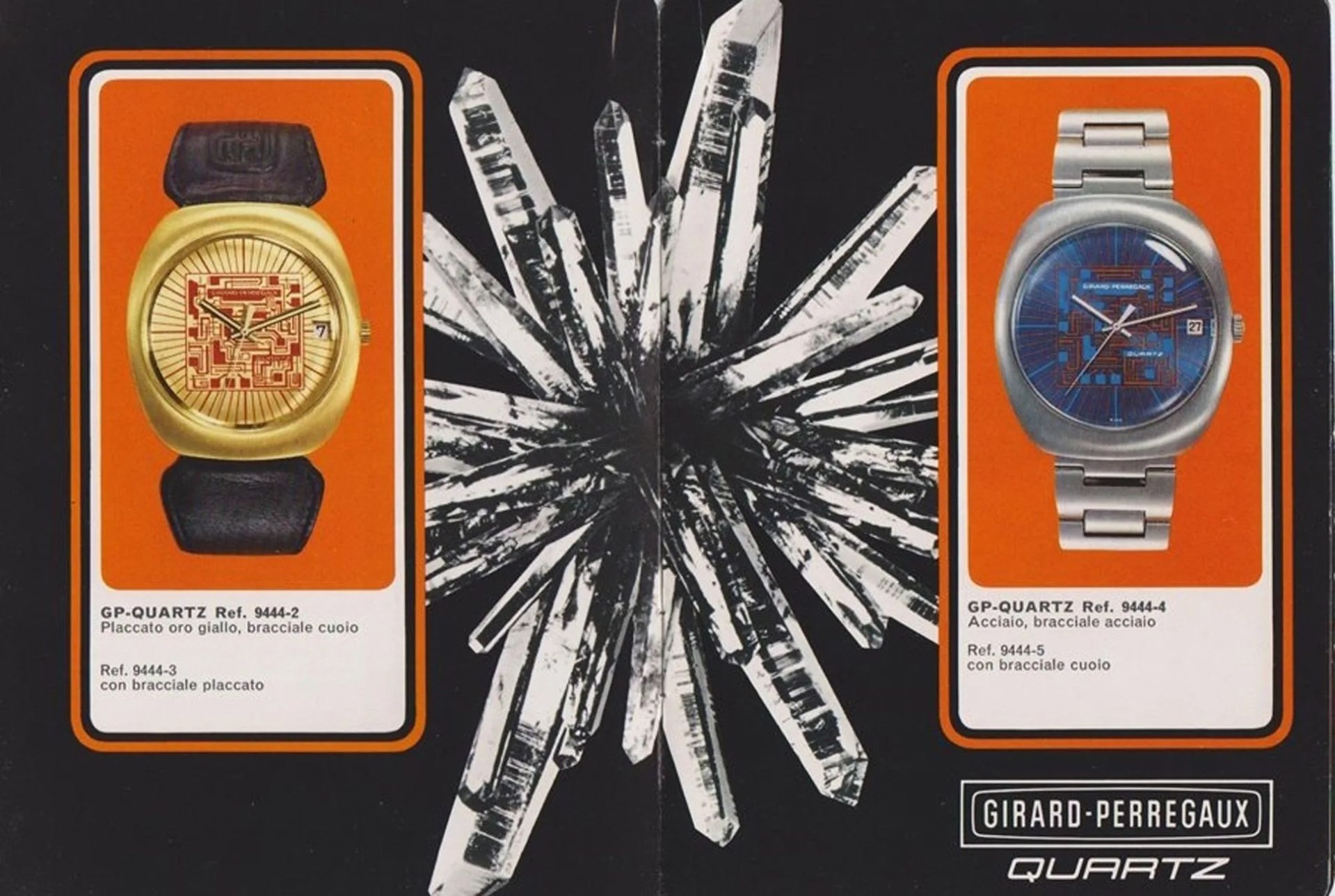There are currently four vintage watches on my bedside table: a Seiko 5 from the ’80s that, god bless it, runs pretty damn well for a $25 mechanical watch; a ‘70s Orient King Diver that, when wound, is incredibly inaccurate; and a 1977 Seiko 6139 “Helmet” chronograph that hasn’t run since I was an intern. I couldn’t give you a specific model name for the fourth watch, but I can tell you three things about it: it’s a Seiko, it’s powered by quartz (unlike the other three), and, aside from a handful of battery changes, it has run flawlessly since my dad bought it in the mid-‘80s.
The vintage watch market is exploding. Christie’s watch expert Eric Wind told Business of Fashion back in 2016 the market was seeing “unprecedented interest,” and it’s only gotten crazier since. But of course, as demand goes up so do prices. While a mechanical watch bought from a competent watchmaker can last you a lifetime so long as it’s been regularly serviced by equally competent repairers, you can also expect to pay four to five figures for something that’s been properly vetted as both authentic and in tip-top shape. A sub-$200 eBay purchase, on the other hand, is a completely different game.

Which brings me back to the quartz watch, the unloved overachiever of the watch industry. When the first quartz watch, the Seiko Astron, came to market in 1969, it ushered in countless cheap battery-powered watches, effectively killing the mechanical watch industry until the ’90s. This is a simple reason why so many enthusiasts tend to resent the quartz watch. But the simpler, cheaper movement can and should be collected — the Occam’s-Razor approach to the quartz movement means that there’s far fewer moving parts to go wrong. As such, quartz watches are less fragile, holding up to shock better than their mechanical counterparts, and are cheaper and easier to service over their lifetime, only (rarely) requiring cleaning and lubricating the movement and changing the battery.
The market was flooded with quartz watches in the early ‘70s, so there are plenty of lovely Japanese and Swiss quartz timepieces from that era looking for a new home. Take for instance the Girard-Perregaux Caliber 350. Yes, the Swiss brand known for their award-winning triple-bridge tourbillons was a leader in developing the modern quartz movement. Released in 1971, the 350 was the first quartz watch with a crystal occulting at 32,768 hertz, which made it more accurate than its contemporaries and gave it a longer battery life, to boot. It was such an improvement at the time that it has since become the standard used by a quartz watches today. How’s that for provenance? You can buy a GP watch with the Caliber 350 for well under $1,000 today.
It’s all part of the contrarian cool of quartz. Give it a try, and leave behind the thought that foregoing mechanical is a slight to the watchmaking art.
Well into the ‘70s, other Swiss manufacturers started utilizing quartz movements to stay afloat. Omega’s first, the Megaquartz, was launched in 1973 and was used in a number of great watch models, including the Constellation and Seamaster, many of which you’ll find for around $600 online. Even Rolex debuted the OysterQuartz, which many herald as one of the finest quartz movements of its era, which today remains one of the more “affordable” vintage Rolexes you can find, with prices starting somewhere around $3,000.
